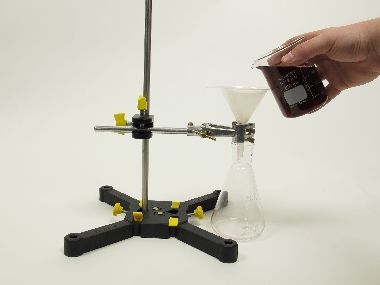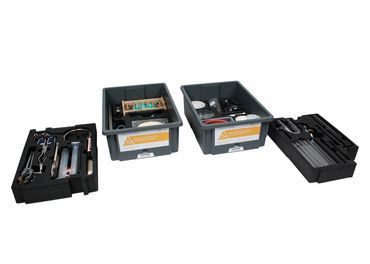To determine the pH (acidity or alkalinity) of an aqueous solution you can use pH meters or indicators. When using indicators the most known indicators are phenolphthalein or litmus. pH indicators can also be extracted from flowers or some vegetables such as red cabbage juice. In this experiment students examine various natural substances (for example beetroot or red cabbage) and test whether ingredients of these natural products can be used as indicators for acids.
Learning objectives
- How to use indicator to measure pH value
- Natural products as pH indicator
Benefits
- Easy teaching and efficient learning by using interactive experimentation PHYWE-Software
- Experiment is part of a complete solution set with experiments for the topic acids, alkalis and salts matched with international curriculum: all topics are covered



